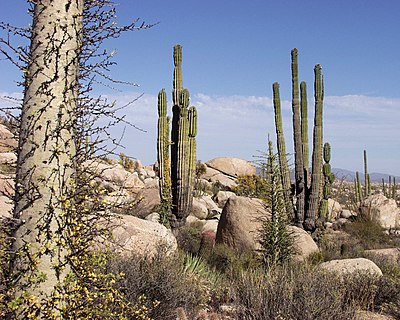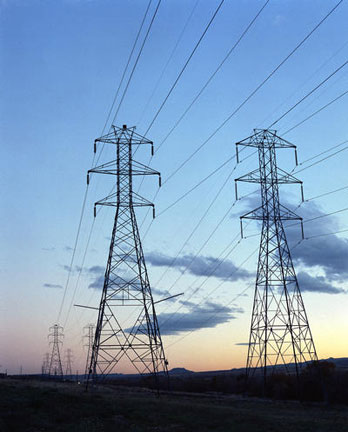
The January earthquake in Haiti which claimed more than 200000 lives and left over 1.5 million homeless was caused by a previously unknown fault line, scientists have reported. (BBC Report)
a blog for the pupils of Knutsford Academy











 There are no atmospheric conditions that guarantee the formation of a hurricane, however once they are formed satellites can track the path of the hurricane, providing warning for people living in a hurricanes path.
There are no atmospheric conditions that guarantee the formation of a hurricane, however once they are formed satellites can track the path of the hurricane, providing warning for people living in a hurricanes path. 

 The oil giant BP has reported reduced profits due to a decrease in world oil prices (click here for bbc news report).
The oil giant BP has reported reduced profits due to a decrease in world oil prices (click here for bbc news report).REPLACEMENT COST PROFIT Replacement cost profit is the reporting measure typically used by oil companies and reflects the current cost of supplies The measure strips out gains or losses related to any changes in the value of the firm's stock of fuel products |


It also calculates that investment in flood defences will need to almost double, to £1bn a year, to protect properties in the future.
48, 000 homes were affected, each costing between £20,000 and £30,000 to repair. The cost for flooded businesses varied between £75,000 and £112,000. Farmers lost an average of £1,150 per hectare of land flooded, whilst the damage to infrastructure such as roads and power supplies was put at £660 million.
![]()
![]() The high costs of flooding underline the importance for continued investment in reducing flood risk
The high costs of flooding underline the importance for continued investment in reducing flood risk ![]() Robert Runcie, Environment Agency
Robert Runcie, Environment Agency

